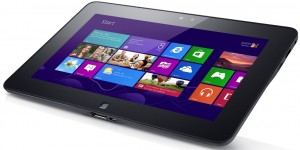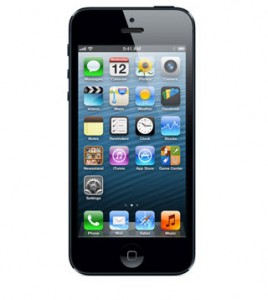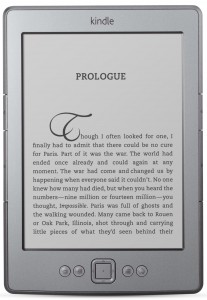 Brief Abstract: Battery performance is limiting what consumers and mobile technology developers really want to do with their smart devices. In this presentation we’ll look not only at why, but also what might be the future of batteries for mobile applications. – From Dr. Norton, WSU
Brief Abstract: Battery performance is limiting what consumers and mobile technology developers really want to do with their smart devices. In this presentation we’ll look not only at why, but also what might be the future of batteries for mobile applications. – From Dr. Norton, WSU
Mobile phones and tablets have become ever more powerful, but that power comes at the price of battery life. Consumer demands for bigger displays, faster processors and faster networks are outpacing battery evolution, and chemistry has no magic bullet handy to change that trend.
 Better battery life for mobile devices comes from technologies that reduce smartphone power consumption, such as smarter software. Attempts at this can be found in the way apps suspend themselves in the background and exactly what location services they use and for how long. Some of the “cheats” smartphone producers use to extend battery life vary from rearranging battery arrays, tweaking voltages and redesigning energy-preserving processors but people still have to be stingy with their usage.
Better battery life for mobile devices comes from technologies that reduce smartphone power consumption, such as smarter software. Attempts at this can be found in the way apps suspend themselves in the background and exactly what location services they use and for how long. Some of the “cheats” smartphone producers use to extend battery life vary from rearranging battery arrays, tweaking voltages and redesigning energy-preserving processors but people still have to be stingy with their usage.
Ultimately, developers are handcuffed by battery limitations, specifically with the most popular lithium-ion polymer battery, which is reaching its theoretical limits. The need for research and development of battery alternatives is clear.
- Harvard materials scientist, Jennifer Lewis, is laying the groundwork for lithium-ion batteries and other high-performing electronics that can be produced with 3-D printers.
- Researchers at Stanford University have developed a battery electrode that heals itself; this discovery takes care of one of the biggest obstacles preventing the invention of smartphone batteries with longer lives. Using a stretchy polymer that spontaneously heals cracks that form during battery operation, researchers believe this feature can be incorporated into lithium-ion batteries so they can have longer lifetimes.
- Researchers at Washington State University are brewing exciting new developments as well but you’ll have to come to the December 11th breakfast to hear about it!
 Battery research isn’t limited to just academia. K2 Energy researches lithium-iron phosphate batteries, which can be charged and discharged about twice as many times as lithium-ion without losing their capacity and can withstand the high temperatures that cause the batteries in most electronics to degrade quickly. Lithium-iron can’t yet pack as much power into a small space as lithium-ion, but the company is seeing rapid improvements. The technology already appears in electric cars, and may soon spill over into consumer devices as well.
Battery research isn’t limited to just academia. K2 Energy researches lithium-iron phosphate batteries, which can be charged and discharged about twice as many times as lithium-ion without losing their capacity and can withstand the high temperatures that cause the batteries in most electronics to degrade quickly. Lithium-iron can’t yet pack as much power into a small space as lithium-ion, but the company is seeing rapid improvements. The technology already appears in electric cars, and may soon spill over into consumer devices as well.
There are other new technologies on the horizon, too. Lithium-imide and aluminum-ion batteries promise anywhere from 10 percent to 50 percent more energy in the same amount of space as a lithium-ion battery, longer overall battery life, faster charging, and better reaction to heat. And some can be created with the same equipment as lithium-ion batteries, which means that, in theory, they’ll cost about the same.
Consumers want devices that don’t need babysitting throughout the day – without sacrificing speed, size and sophistication. It will take smart engineers, or at least smart marketers, to find the right balance. We could be looking at a breakthrough in battery technology in the next year or two. So cheer up, mobile users: You might not be tethered to that wall outlet for much longer.